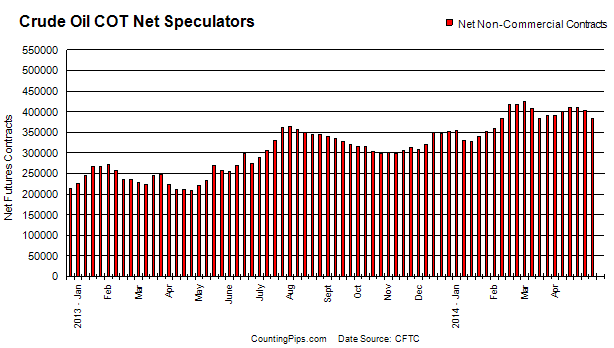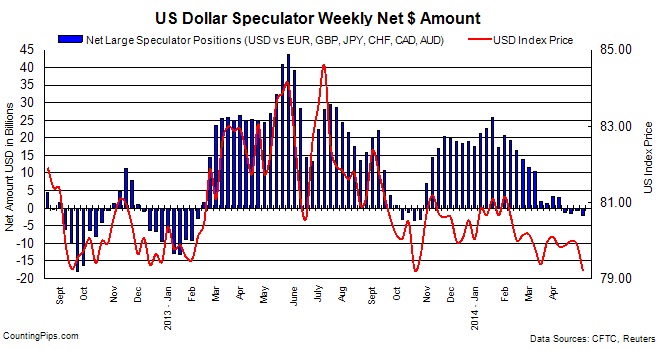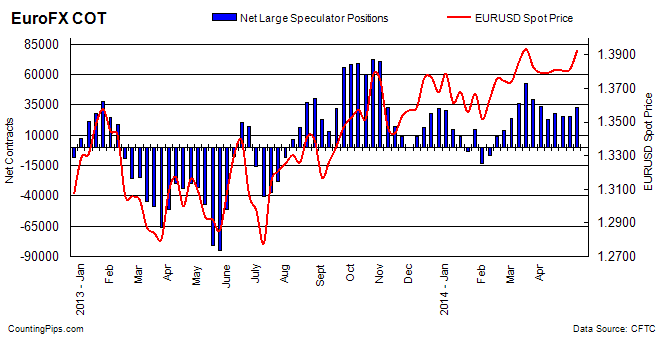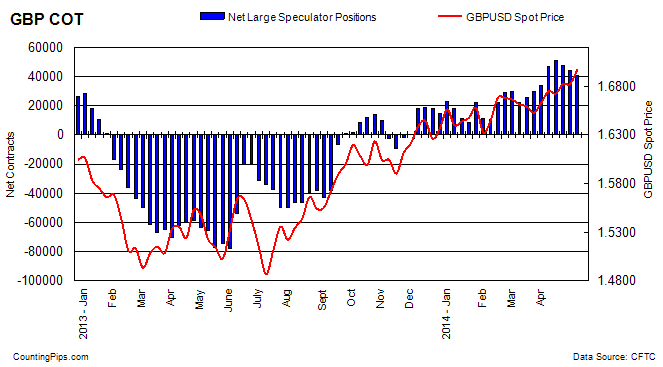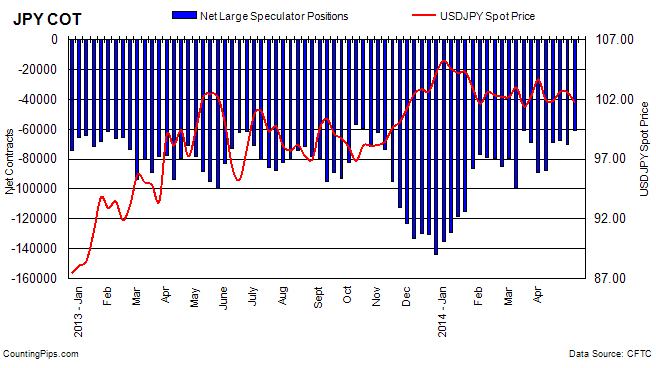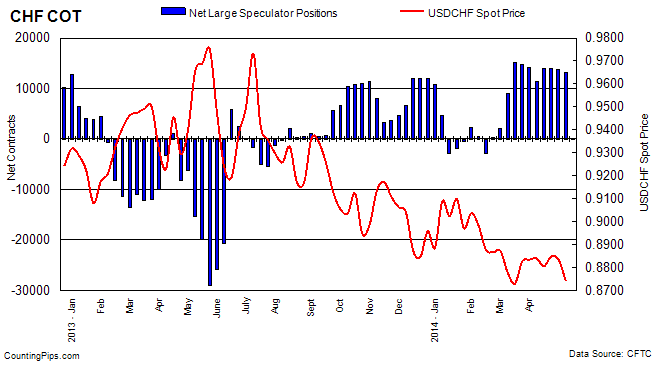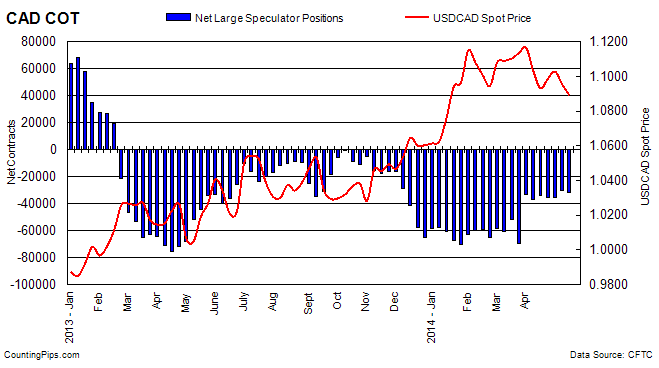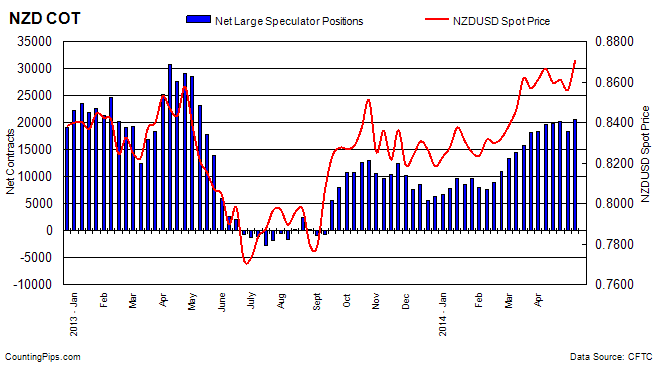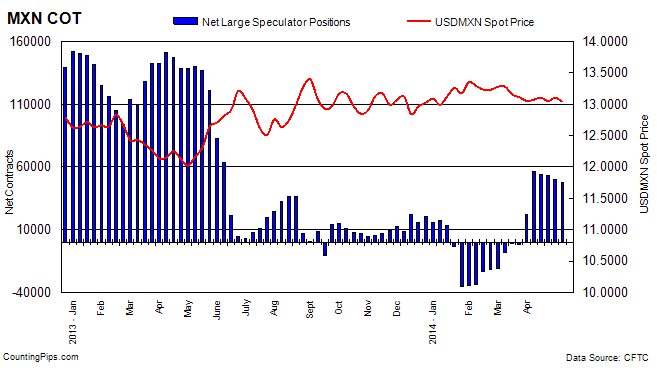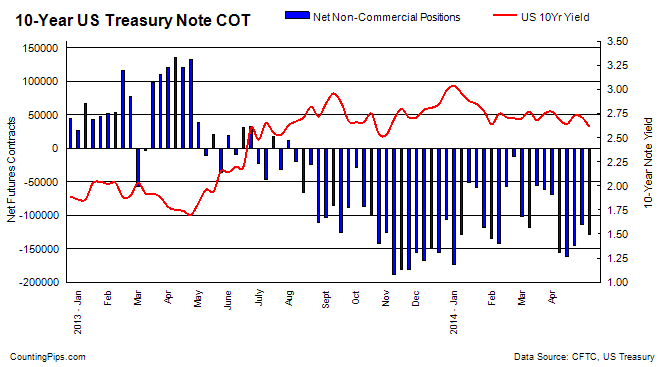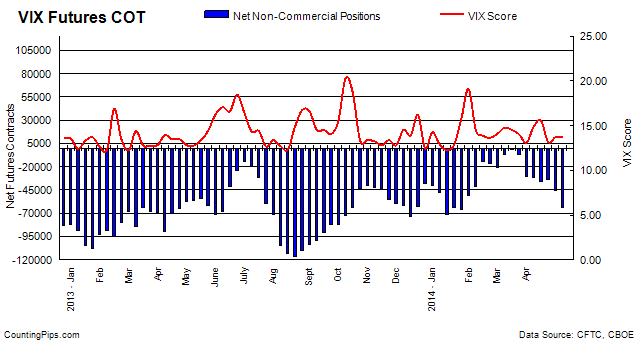By MoneyMorning.com.au
Retirement.
It’s the last thing you would think Generation Z are thinking about. However those born after the mid-90s are.
The Age reported during the week:
‘With the first crop of this age group now entering the workforce and making compulsory super contributions, this generation, the first purebred digital natives, is going to have to start thinking about investment strategies.’
According to The Age, 16 year old Nathan Feiglin is already thinking about his retirement options.
More specifically, not having retirement options.
As Feiglin tells the Age ‘I don’t want to retire and not have enough money to live on.’ However, he adds it’s not a subject that keeps him up at night.
It’s fantastic to see teenagers taking an interest in financial planning for later in their lives. Yet the focus of the financial planning revolves around the traditional asset model.
Like all good Australians, buying a home is a ‘financial goal’. But high Australian house prices mean 16-year old Feiglin will most likely start with an investment property.
Nothing says long term wealth like negative gearing for a tax concession.
Snide comments aside, Feiglin’s plans are similar to what baby boomers set up for themselves for retirement.
That is, buy a house. Perhaps an investment property or two. Some shares, in particular income paying stocks.
From here, the plan is simple. Sell as required and continue the income stream.
The thing is, this sort of routine planning relies on one thing: Asset prices continuing to rise.
Will this work out for Feiglin? Assuming he works until he is 65, his retirementis half a century away. So much can change in this time. Financial markets, government policies and agendas, all could look different in 2064 than in 2014.
However, tomorrow’s retirees are about to put their twilight plans into action.
And they’re about to find out it might not be the rosy cruise-ship-island-hopping-spend-the-kids-inheritance sort of living they were planning.
What if I told you the assets baby boomers have paid top dollar for today will be sold for a fraction of that price in years to come?
In fact, I won’t tell you, I’ll let my co-worker show you.
Nick Hubble, editor of The Money For Life Letter, produced this chart for readers almost two months ago:
It’s the ratio of middle aged to old people. In simple terms, the number of people between the ages of 45–65 compared to the number of people 65 and older.
The M/O ratio is showing that as of today it will slide from 1.6 to almost 1.
Meaning, there won’t be enough people to buy the assets the retirees are selling for their retirement income.
Furthermore, have a look at Australia’s future population. As Nick pointed out recently to subscribers of The Money For Life Letter, the bulk of investments made come from the 45–65 age bracket. The number of the baby boomers will outnumber the people in the 45–65 range.
For the next investing generation, there will be a greater choice of assets to purchase at a lower cost.
Looked at another way, the sellers will outnumber the buyers, and this will force prices down.
In short, all of those assets you thought you could sell at a higher price to your children and their generation — it isn’t going to happen. Chances are retirees will have to accept that something is better than nothing when it comes to selling their assets.
Nick has called this the ‘war on retirement’. And he reckons its these demographics that will win.
He explained it like this:
‘This is what it boils down to: The ratio of buyers to sellers in the stock market will reach and fall below 1. Do you think it is possible for the average 45–65 year old Australian to invest as much into the stock market as the average retiree plans to sell each year? I doubt it. And that means prices will fall.’
The changing demographics vastly alter the type of retirement you are planning. And the demographics are this: Not enough children were born to offset the number of retirees.
The decade or two baby boomers spent accumulating assets to sell to fund their retirement might not fund it after all.
Simply put, if the number of sellers is higher than the number of willing buyers, then prices will have to come down. This means that you end up selling your assets for a fraction of what you thought you could get.
Ultimately, this undermines any or all of the future income plans you have made.
What can you do about it? Well, Nick had a few words of advice for some of the retirees in the audience of the World War D conference:
‘Eat your vegetables, go to the gym and inform yourself about your future health by getting your genome sequenced. Staying mentally and physically fit helps keep your job. Working prolongs your life.
‘Move out of the family home and downsize. House prices will fall.
‘And save money for a rainy day. Because your investments won’t be there for you.
‘My last piece of advice to all of you in the audience is this: Always be nice to your children.’
Don’t rush out and fill out the gym health check forms just yet. Nick has some other ideas here that can help you out with your retirement plans.
Shae Smith+
Editor, Money Weekend
Join Money Morning on Google+

By MoneyMorning.com.au

